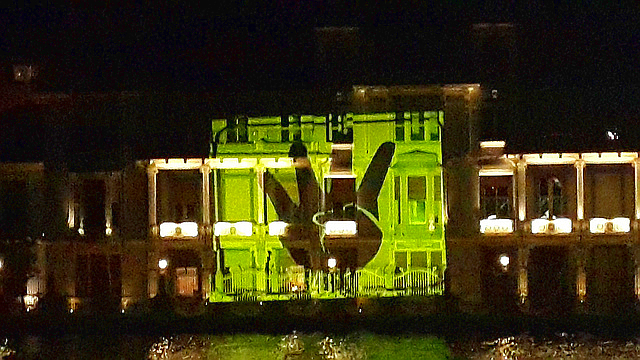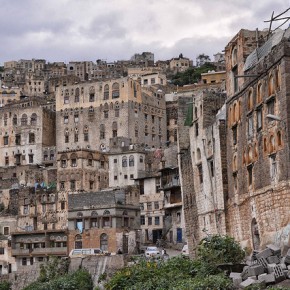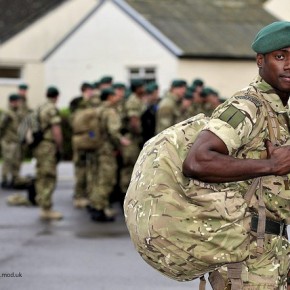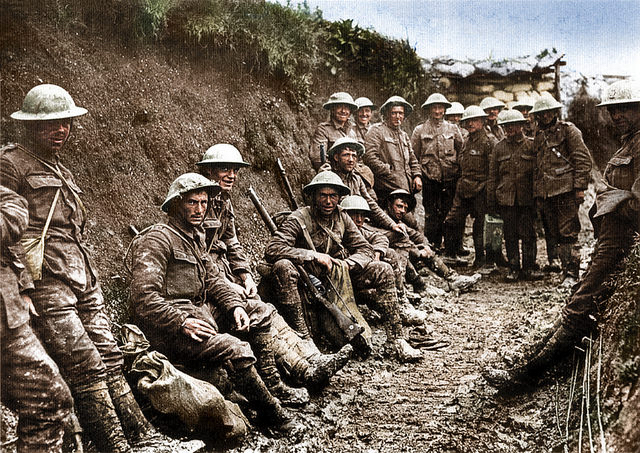Never mind the quenelle. There’s a new hand sign in Egypt. The Rabia, as it is called, consists of holding up four fingers, with the thumb tucked in, as a protest against military rule. The gesture is Islamist, and refers to the massacre of supporters of deposed president Morsi, which took place in Cairo’s Rabia al-Adawiya Square on August 14th, 2013.
After a month of sit-ins and rallies against the popularly-supported coup, the Egyptian military moved against protestors, killing thousands in the worst crackdown on non-violent protestors since Tiananmen Square. Rabia Square was a particularly horrifying scene, featuring piles of corpses, and its mosque practically destroyed. The sign, which has since been appropriated by an embattled Recep Tayyip Erdogan, began as a grassroots effort to martyr those victims.
For those of us who witnessed the Egyptian revolution firsthand (including this journalist, in Tahrir Square,) the schadenfreude that followed the crackdown was especially heinous. As protesters were bleeding in the streets, onlookers were found to be jeering at the casualties, openly applauding the brutality of the security forces. I remember overhearing phrases such as, “Look at how they’re victimizing themselves!”as soldiers fired directly into crowds of protestors.
This knee-jerk response is not without foundation. Inspired by anxiety about Muslim Brotherhood violence, and its leadership’s authoritarian tendencies (Mohammed Morsi’s behavior in office confirmed such fears) this discomfort has translated itself into a growing disgust with the Rabia sign. It’s surprising that so many people would find it objectionable (most of them are Egyptian liberals who support the coup.) After all, it’s just a salute. Still, the negative association remains hard to shake, especially given the disappointment that accompanied the Muslim Brotherhood’s time in power.
Nevertheless, the Rabia sign means something. Flashing it recalls an idea through a form of silent protest. For Morsi supporters, that idea is not only that their elected president was overthrown. It also serves as a reminder that the violence that was used to remove him has no place in a democracy. It was an insult to the values Egyptians purported to stand for in bringing down Hosni Mubarak’s regime. Whether they were motivated by religious or secular concerns is immaterial.

For August’s coup supporters, the hand signal is insulting to even acknowledge. To such Egyptians, the Rabia is a reactionary symbol that draws on the rich history of Islamic mysticism that surrounds Rabia Square (which is named after an early Sufi mystic) to martyr its victims. To accept this sort of thing, those who observe it first have to accept that the victims may be worth martyring in the first place.
That may seem obvious to seasoned Egypt analysts. But for those involved in the mass movement that overthrew Morsi, it means having to admit their mistakes. Egyptians were not wrong to support a mobilization against the ex-president. However, they miscalculated in allowing the Egyptian military to intervene on their behalf, and do the work of salvaging the revolution. It is that critical step which allowed for a great deal of the violence, and the prolonged period of social conflict that followed.
The immediate bloodshed was evidence enough. However, additional information has strengthened the case in recent months. It is increasingly clear that the Tamarod movement which organized tens of millions of signatures calling for Morsi’s resignation, and helped facilitate the massive protests of June 30th, was an effort mainly backed by the felool (literally “remnants,” but also called “deep state” by many analysts, though the more accurate term is “counterrevolution.”) The almost immediate recognition of the military government by Saudi Arabia was the first evidence of this conspiracy, along with later revelations that many commodity shortages that were considered the last straw may have been staged.
The felool understood that a mass movement was forming against Morsi’s rule. There were nearly a thousand major demonstrations against him in the year that he was in office. Fearful that this would come to threaten the Egyptian military’s economic empire, the Tamarod movement was concocted to primarily direct popular dissent against the Islamist threat. The result is Egypt as we now see it: bitterly divided, and seemingly in the grips of civil war.
But this isn’t cause to feel hopeless. New democracy movements are forming. Slowly, Egyptians who were initially giddy about Morsi being overthrown, are beginning to express their grievances with military rule.
The future of Egypt’s democracy requires a widespread admission that the coup was a bad move. That means coming to terms with the violence that was unleashed against Morsi’s supporters. The Rabia sign is a spontaneous expression, which forces this discussion onto the table, by reminding Egyptians of the revolution’s bloody failings.
So what if it’s Islamist. Death is agnostic. So, for that matter, is democracy. At least the one that Egyptians are looking for.
Photographs courtesy of Shabnam Mayet and Crethi Plethi. Published under a Creative Commons License.





